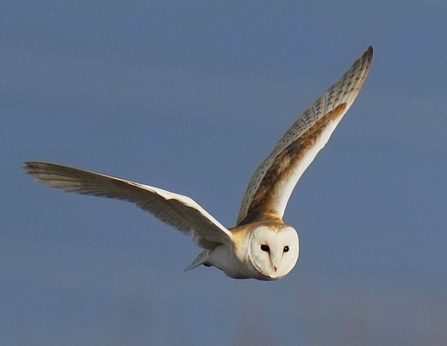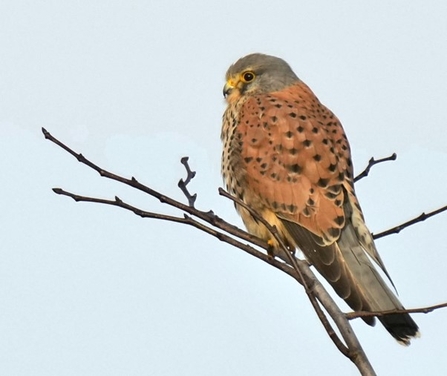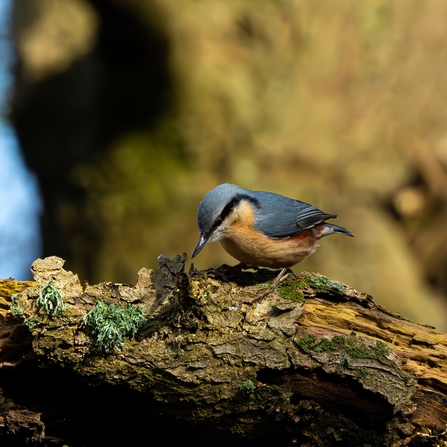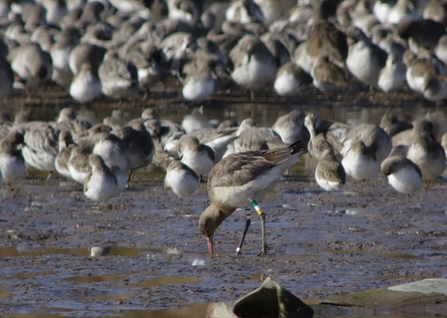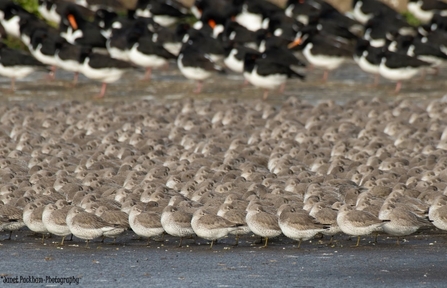Lunt Meadows
Roe Deer
Seeing roe deer is always a magical experience. Their camouflage makes them especially hard to spot, and they usually spot you first! Capturing them on camera is tricky to time before they gracefully prance away, but Kevin Hall managed to get some great photos of two roe deer on our Lunt Meadows reserve.









